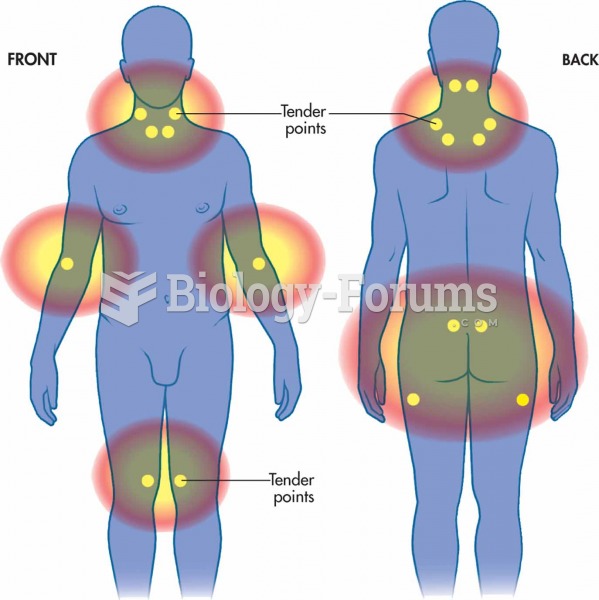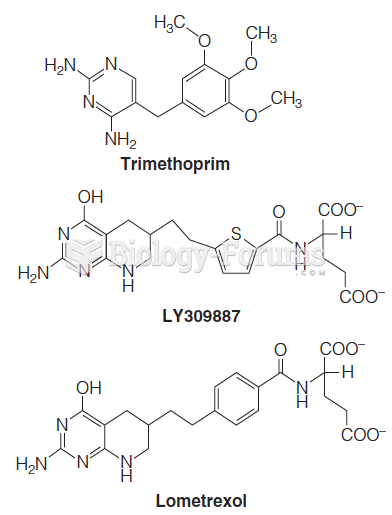|
|
|
The cure for trichomoniasis is easy as long as the patient does not drink alcoholic beverages for 24 hours. Just a single dose of medication is needed to rid the body of the disease. However, without proper precautions, an individual may contract the disease repeatedly. In fact, most people develop trichomoniasis again within three months of their last treatment.
People with high total cholesterol have about two times the risk for heart disease as people with ideal levels.
There are more nerve cells in one human brain than there are stars in the Milky Way.
More than 150,000 Americans killed by cardiovascular disease are younger than the age of 65 years.
Patients should never assume they are being given the appropriate drugs. They should make sure they know which drugs are being prescribed, and always double-check that the drugs received match the prescription.







